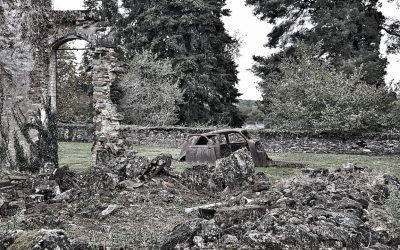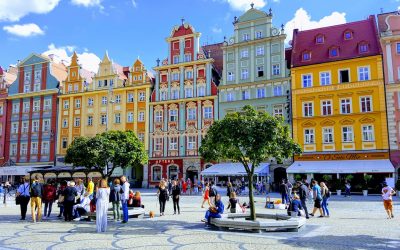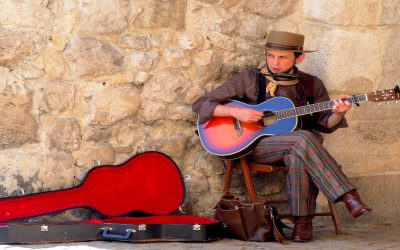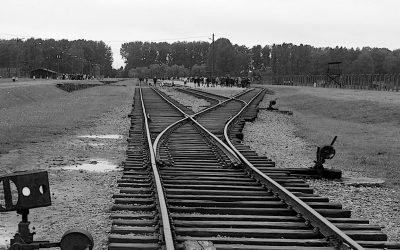Oradour-sur-Glane, an unassuming name on France’s map that looks like any other of its neighbours. Yet this innocuous village bears deep...

auschwitz
auschwitz
A Road Trip Through Poland
Poland's depth and character unfold the longer you stay; each week grabbing hold of your heart just a little bit more. In Part 1 of our...
Krakow City-break itinerary
Kraków, capital of Poland's southern-most region Małopolska, is so much more than a city; it's a diverse experience that will take you to...
Auschwitz Prisoner of War Camp
On a grey day in July the blanket of cloud seemed somehow appropriate for our visit to Birkenau and Auschwitz. What is it...
Follow us
You can find us on social media,
different channels for different content.




